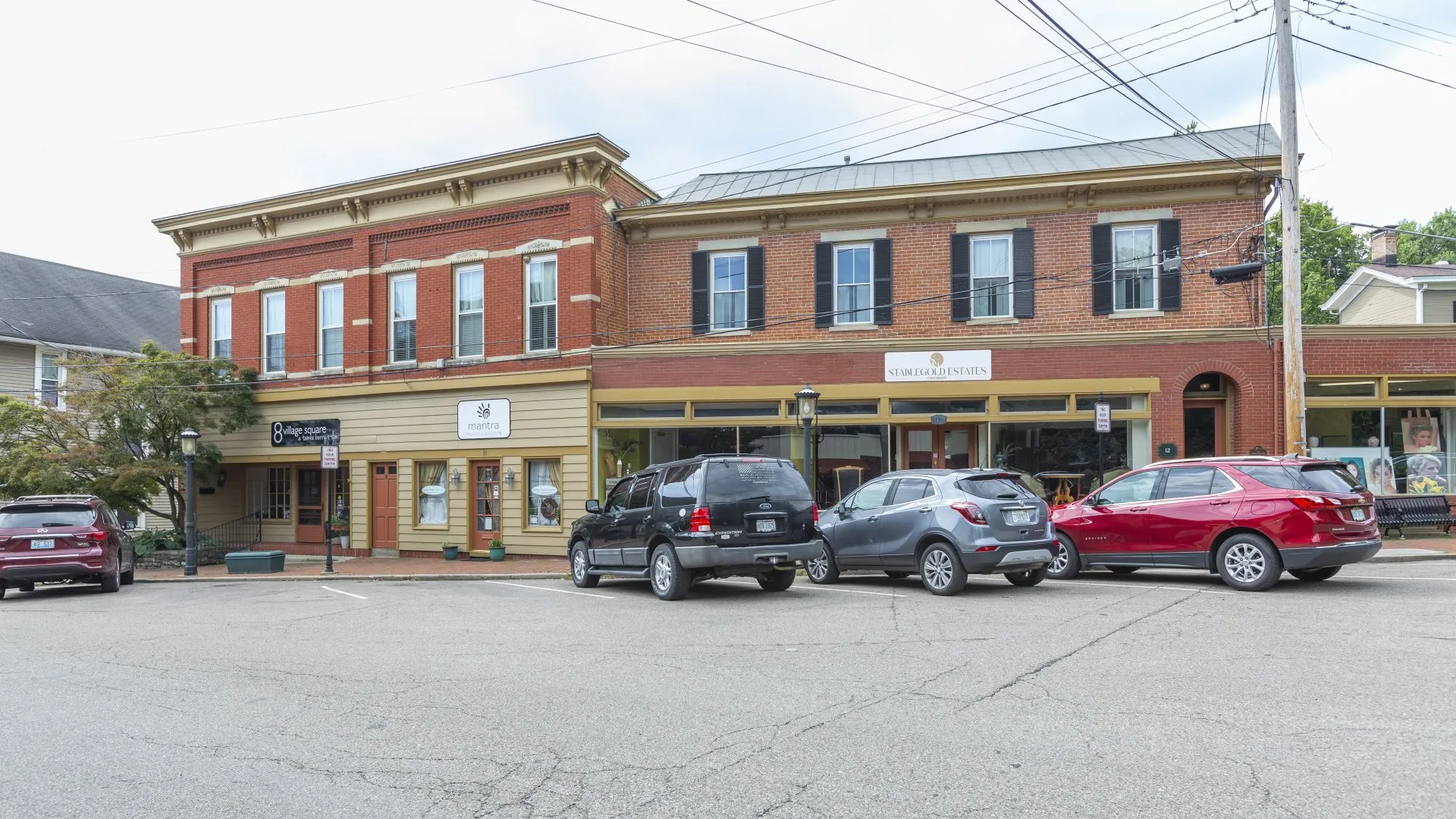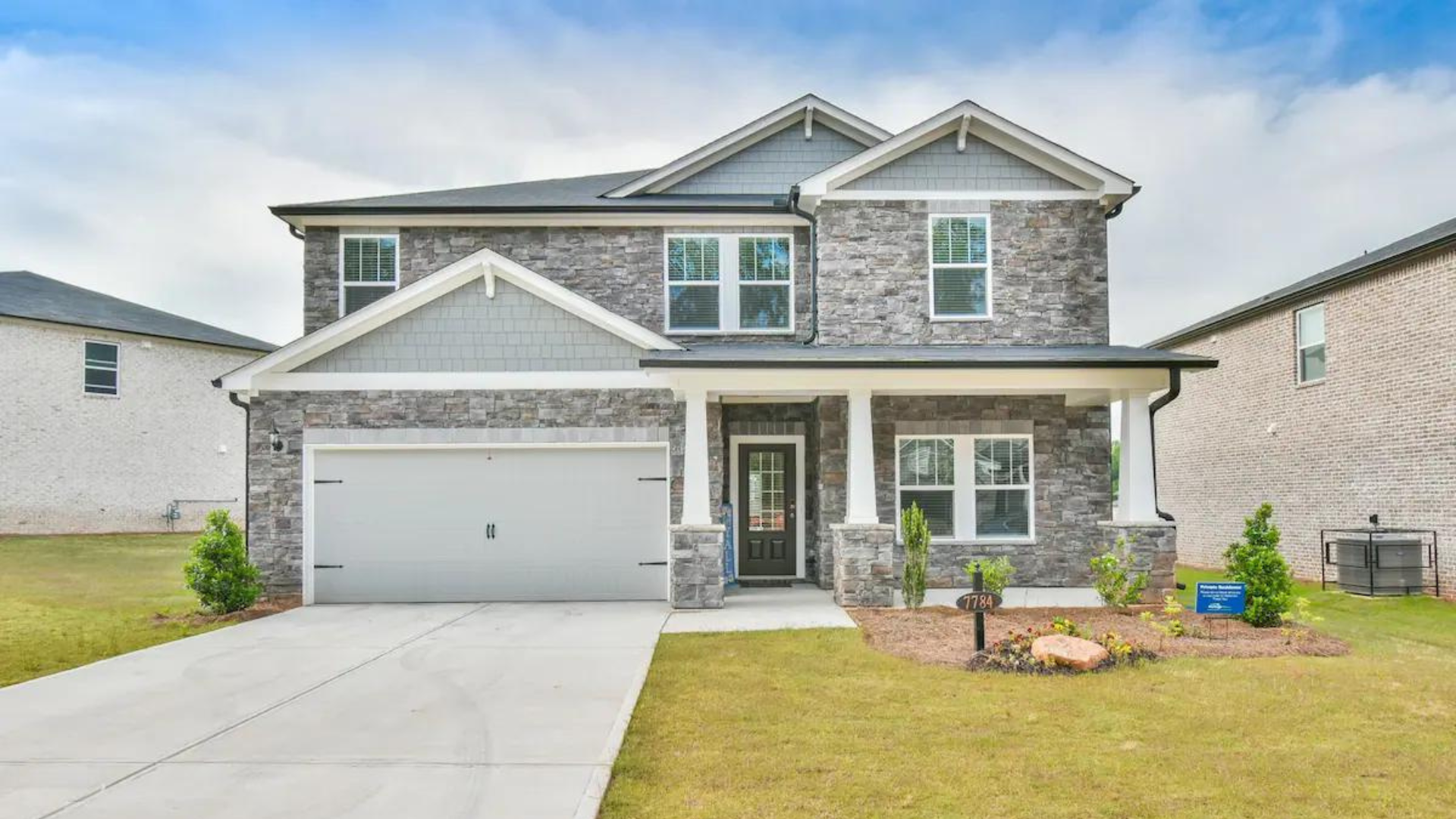Real Estate Insights: The Rise of Extended-Stay Hotels in an Evolving Market
As the hospitality industry continues to face challenges, one segment has been on a steady rise—extended-stay hotels. This model, once considered niche, is quickly becoming a strategic opportunity for investors looking to convert underperforming hotels into consistent revenue-generating assets. In a world where housing affordability is a growing concern, extended-stay accommodations provide a much-needed solution for various tenant segments, including workers, students, and low-income individuals.
Why Extended-Stay Hotels Are Thriving
The extended-stay model has seen a surge in demand over recent years, largely due to the evolving needs of today's renters. With rising costs in both traditional hotels and rental markets, many are turning to long-term stay options as a more affordable and flexible solution. Additionally, extended-stay hotels appeal to a variety of demographics:
- Traveling workers who need temporary housing during projects.
- Students who may not have access to on-campus housing or need more affordable alternatives.
- Low-income tenants who face barriers to entering the traditional rental market, such as security deposits or credit checks.
For these groups, extended-stay hotels provide a balance between affordability, flexibility, and accessibility—making them an attractive housing alternative.
Converting Underperforming Hotels: A Win-Win Strategy
Many hotels have struggled to maintain profitability, especially in markets with inconsistent tourism or seasonal demand. Converting these underperforming properties into extended-stay accommodations allows investors to meet a growing demand while ensuring higher, more consistent occupancy rates. Unlike traditional hotels that rely on transient guests, extended-stay models often boast tenants who stay for weeks or months at a time, providing a more stable revenue stream.
The process of conversion is also often simpler than building new extended-stay properties from scratch. With minimal renovations, such as adding kitchenettes or upgrading laundry facilities, an investor can transform a struggling hotel into a long-term housing solution.
Benefits of the Extended-Stay Model
- Higher Occupancy Rates: Unlike traditional hotels that face fluctuating demand based on seasons or events, extended-stay hotels enjoy more consistent occupancy. This is due to longer tenant stays and the growing demand for affordable housing options.
- Diversified Tenant Base: Extended-stay properties attract a wide range of tenants, from blue-collar workers on contract to students and low-income residents seeking flexibility. This broad appeal ensures that the property remains occupied, even in economic downturns.
- Lower Turnover Costs: With tenants staying for extended periods, the costs associated with turnover—cleaning, marketing, and vacancy periods—are significantly reduced. This means more stable cash flow and less operational overhead.
- Affordable and Accessible Housing Solution: At a time when traditional housing and rental prices continue to soar, extended-stay accommodations offer an affordable alternative for people who need temporary or long-term housing without the financial barriers often associated with renting.
Future Outlook for Extended-Stay Hotels
As housing prices continue to rise and economic uncertainty lingers, the demand for extended-stay accommodations is likely to increase. Investors who capitalize on this trend now can position themselves ahead of the curve, providing a crucial service in an underserved market. Moreover, with many hotel properties still struggling post-pandemic, opportunities to acquire and convert underperforming hotels are abundant, making this an opportune time for investors to diversify their real estate portfolios.
The flexibility of the extended-stay model allows it to adapt to shifting market conditions, ensuring that it remains a viable and profitable investment for years to come.



